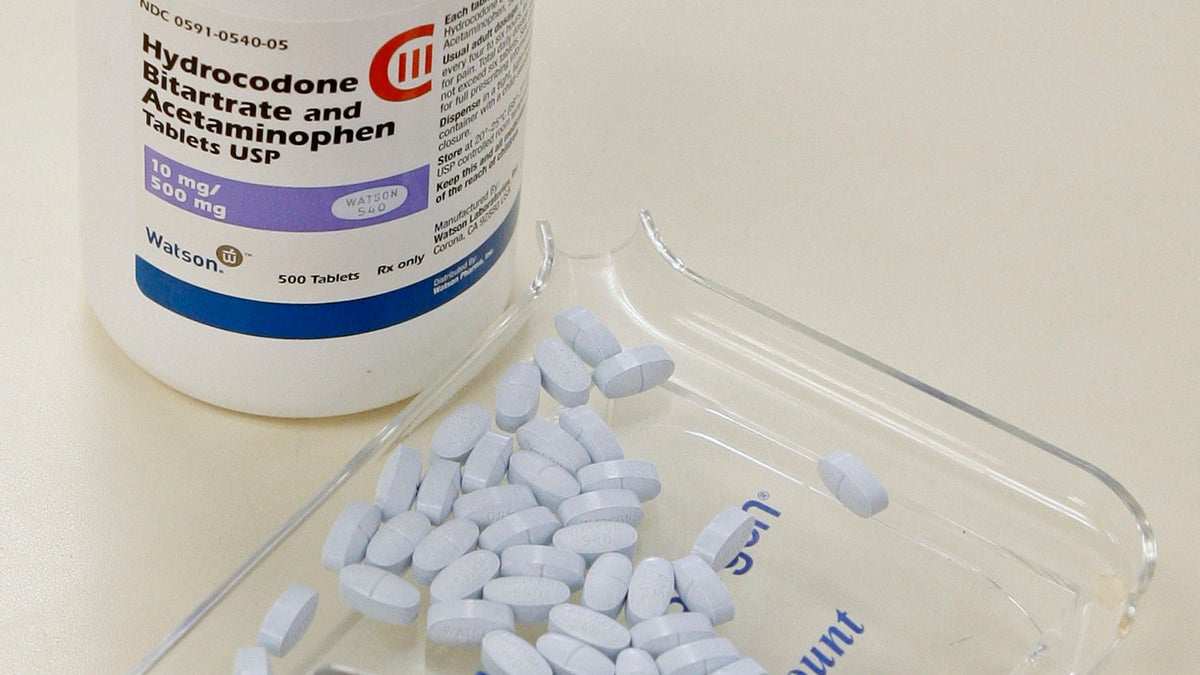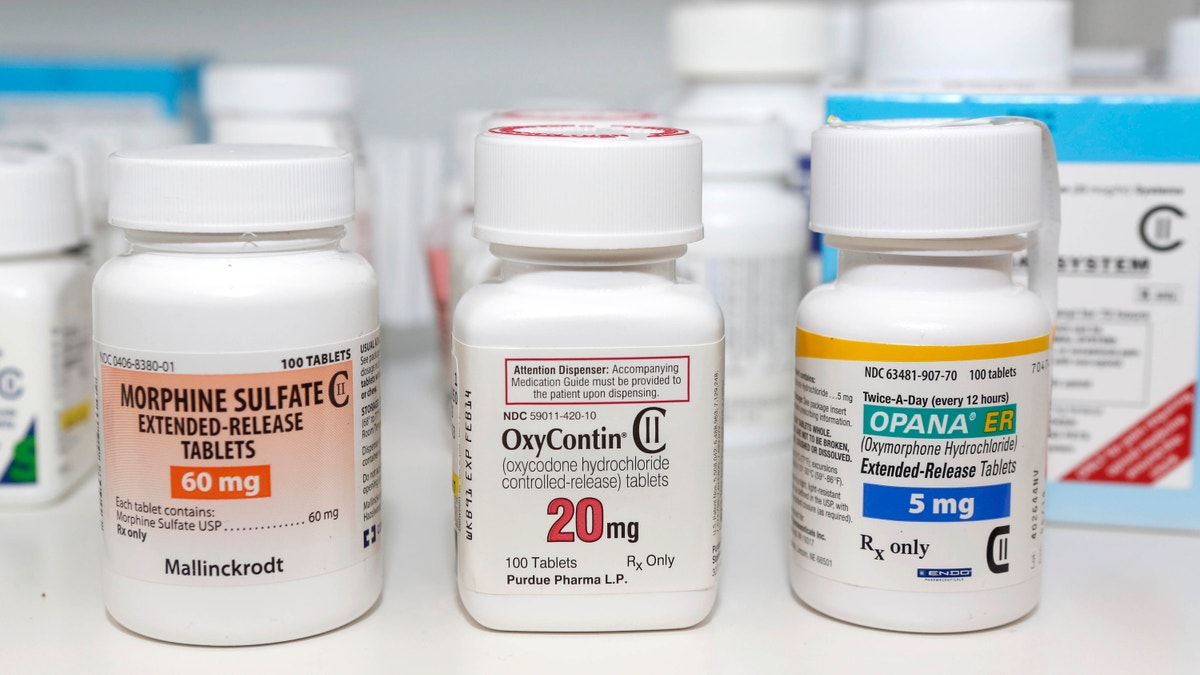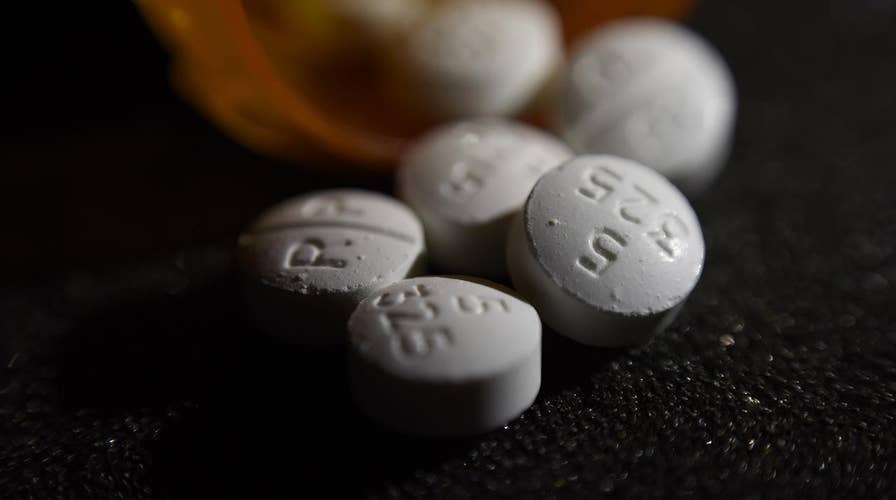Colorado hospitals cut opioid use by 36 percent in 6 months
Researchers find pilot program drastically reduced opioid use in emergency rooms; Alicia Acuna reports from Denver.
Doctors say anytime an opiate prescription is written, it can be a gateway to addiction. With the opioid crisis raging nationwide, including in Colorado, a group of hospitals here grouped together to try and reduce the number of opioids doled out in emergency rooms.
The results of the pilot study exceeded researchers' wildest expectations.
A trial launched by the Colorado Hospital Association, or CHA, had the goal of reducing opioid prescriptions in emergency rooms by 15 percent. Instead, opioid prescriptions were cut by 36 percent.
Ten hospitals across the state participated in the groundbreaking pilot program. The medical providers said they succeeded by writing fewer opioid scripts and treating pain without narcotics.
Doctors, instead, turned to using ALTO's (alternative to opiates) whenever possible. Examples include treating pain at the source and targeting its specific cause. This could mean starting with non-opiate medications, trigger point injections and Lidocaine patches placed right on the area of pain, or IV drips with Lidocaine.

Doctors say anytime an opiate prescription is written, it can be a gateway to addiction. With the opioid crisis raging nationwide, including in Colorado, a group of hospitals here grouped together to try and reduce the number of opioids doled out in emergency rooms. The results of the pilot study exceeded researchers' wildest expectations. (AP)
"We're not trying to tell people: ‘We're not going to treat your pain.’ We're trying to tell people: ‘We're going to treat your pain differently and we're using different approaches,’" said Dr. Adam Barkin, medical director of the emergency department at Sky Ridge Medical Center.
Conversations with patients, especially those accustomed to being treated with narcotics, was key.
"We have had issues with patients who have maybe had long-standing issues with pain control, so they kind of know what works well for them,” said Nicole Zoerink, the emergency department manager at Sky Ridge Medical Center. "We've actually used that as an opportunity, to explain to them, let's try this and see if this non-narcotic version or even non-medication version of pain control can help."
They would also intervene sooner to get addicted patients onto therapy medication.
All of this is done without government money, at very little cost. Barkin said the new practices are now ingrained and the norm.

A trial launched by the Colorado Hospital Association, or CHA, had the goal of reducing opioid prescriptions in emergency rooms by 15 percent. Instead, opioid prescriptions were cut by 36 percent. Ten hospitals across the state participated in the groundbreaking pilot program. (Copyright 2016 The Associated Press. All rights reserved.)
Now, other facilities that did not participate in the original study are asking how they can get on board. CHA is looking at how it can roll this out to more hospitals.
"We have other hospitals banging on the door, saying 'let's get started,' " said the association's clinical manager, Diane Rossi MacKay.
She said it was such a success because the hospitals and medical providers worked together as a team.
"I really believe we are saving lives and that's what this is all about,” MacKay said. “We all have the same goal."
Patients are not pressured into ALTO's if their pain does not subside. Doctors in the study acknowledge, sometimes, an opioid is the proper course of action. But this program promises to make sure safe and effective alternatives are not overlooked.
Patients, meanwhile, are thankful.
"We've had patients thank us for being innovative and creative,” Zoerink said. “We've had patients tell us stories how they've had past issues with addiction and they were very appreciative that there were alternatives."


